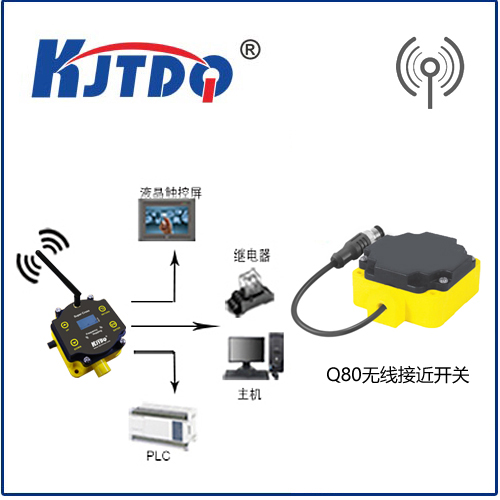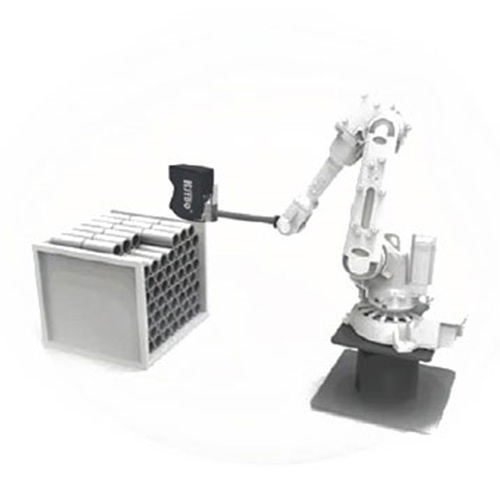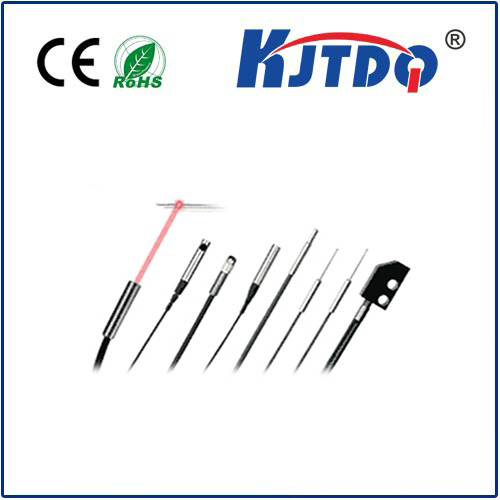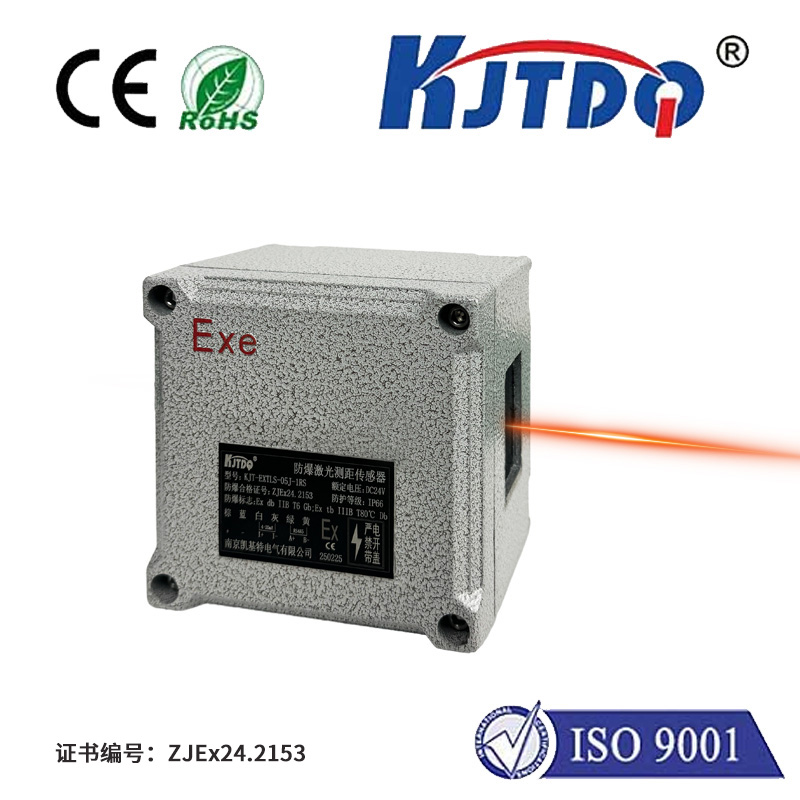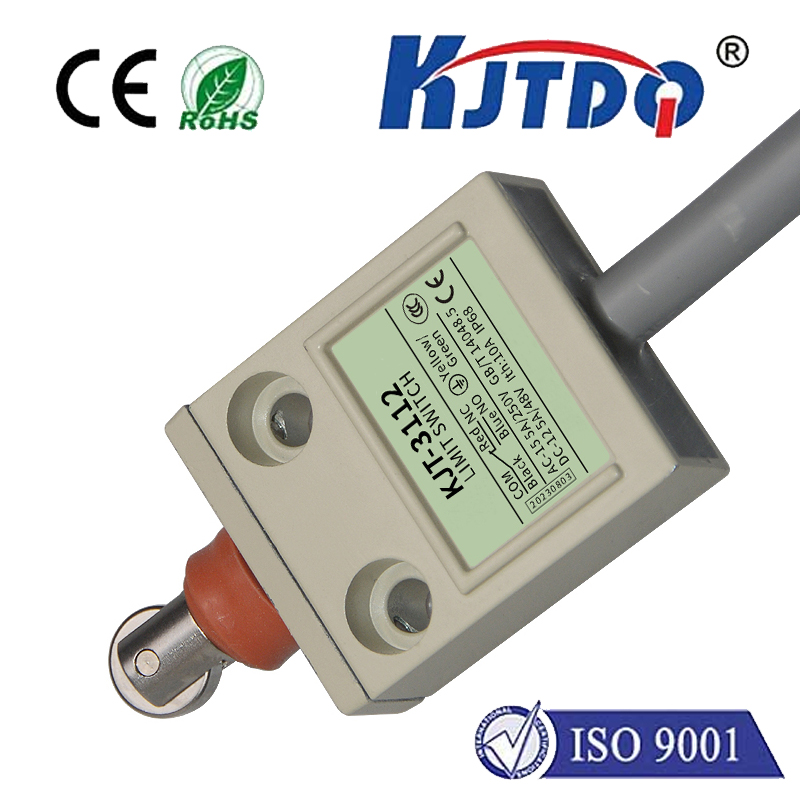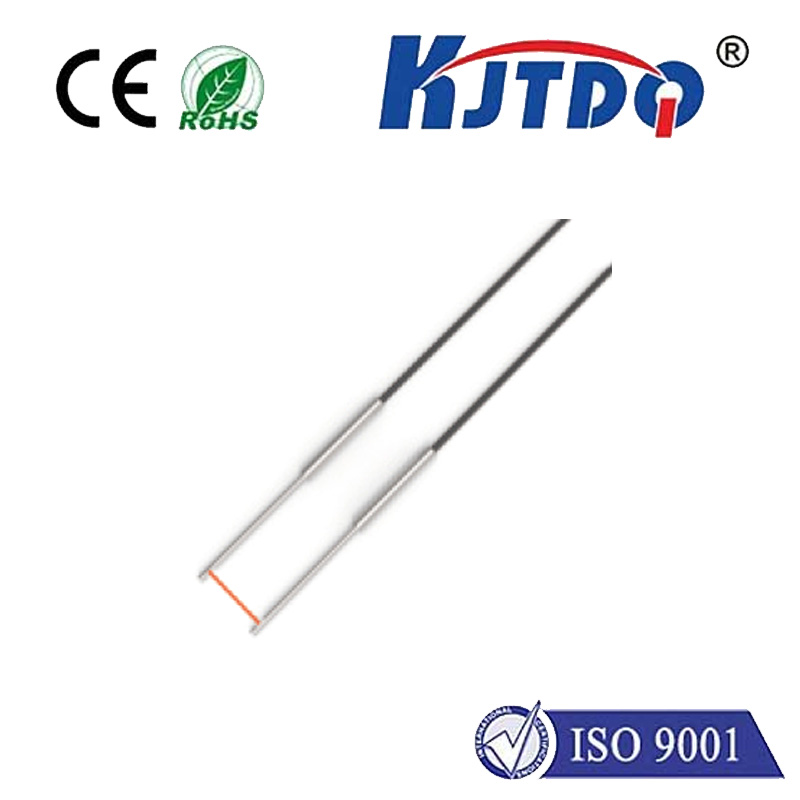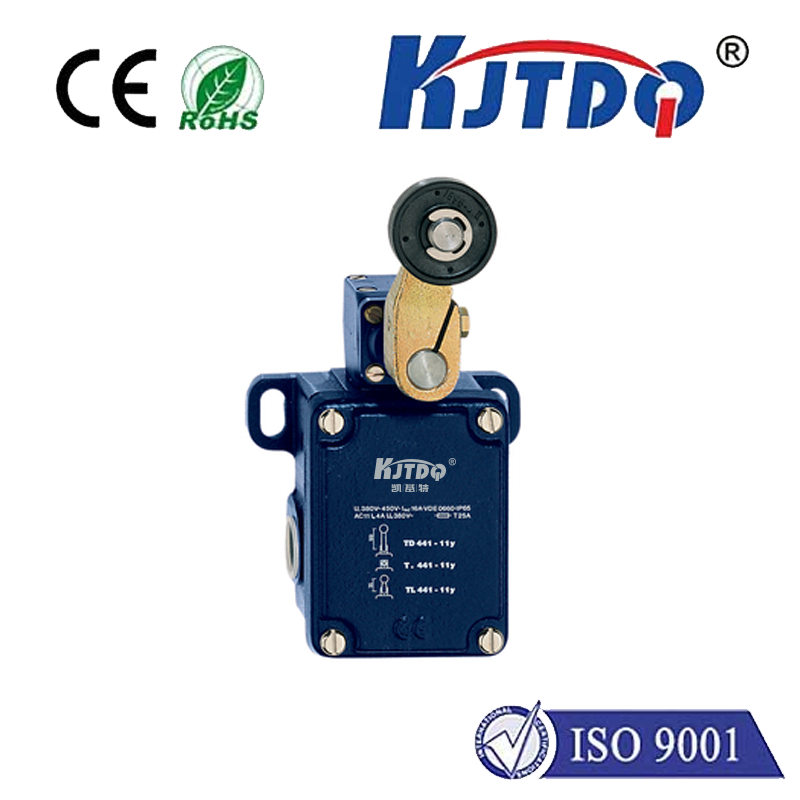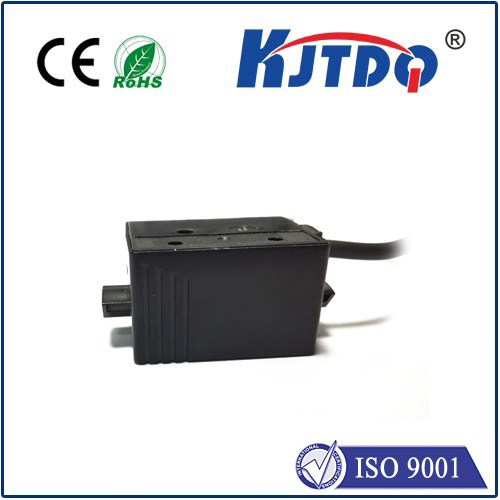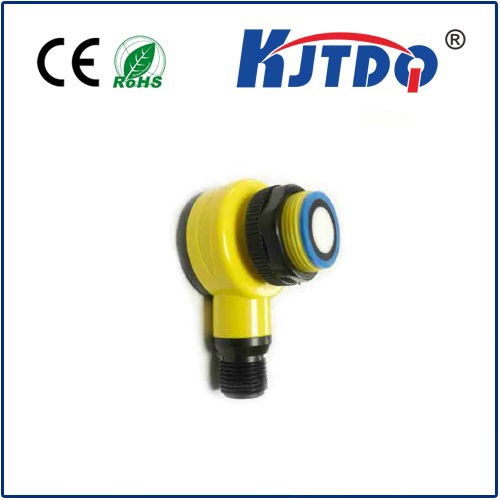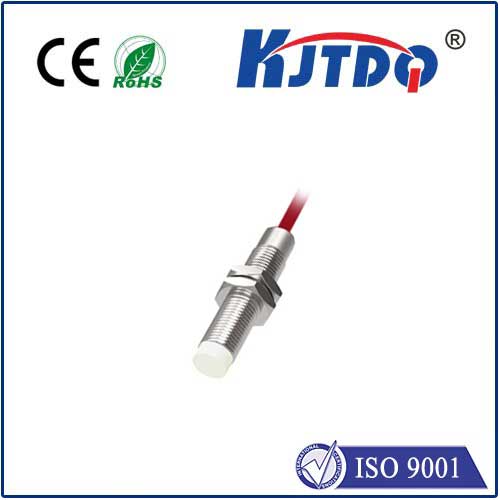retro reflective type sensor is type of
- time:2025-07-24 04:45:58
- Click:0
What Is a Retroreflective Sensor? Unveiling the “Bounce-Back” Optical Powerhouse
Picture this: a high-speed packaging line where boxes zip along a conveyor. Suddenly, a box is missing its label. How does the system instantly know to divert it for correction? Or imagine automatic doors that slide open smoothly as you approach, but stay closed if a bird flies by. The silent workhorse behind countless detection tasks like these is often the retroreflective sensor. But what exactly is a retroreflective sensor, and how does it carve out its unique niche?
In essence, a retroreflective sensor is a specific type of photoelectric sensor. It belongs to the broad family of non-contact optical sensing devices that use light to detect the presence, absence, distance, or characteristics of objects. What makes the retroreflective type truly distinct is its ingenious operation involving a reflective target.
The Core Principle: Light That Knows the Way Home
Unlike diffuse sensors bouncing light off the object itself, or through-beam sensors requiring separate emitter and receiver units, the retroreflective sensor cleverly combines both light transmission and reception into a single housing. Here’s the magic:

- Emitter: The sensor houses a light source (typically an LED emitting visible red, infrared, or laser light).
- Reflective Target: A special retroreflective tape or target is mounted opposite the sensor on the other side of the detection zone.
- “Bounce-Back” Effect: The emitter sends a beam of light towards the target. A retroreflective surface has a unique property: it reflects incoming light directly back towards its source, regardless of the angle of incidence (within its operating range). Think of it like a bicycle reflector or high-visibility road signs.
- Receiver: The sensor’s built-in receiver, located right next to the emitter, is primed to catch this specific “return trip” light beam.
- Detection Logic:
- No Object Present: The light beam travels unimpeded to the retroreflective target and is bounced efficiently back to the integrated receiver. The sensor registers this strong, consistent signal as the “clear” state (often interpreted as logic OFF or ON, depending on configuration).
- Object Present: When an object enters the detection zone, it physically interrupts the light beam between the sensor and the target. The beam is either absorbed, scattered, or blocked entirely. Crucially, significantly less light, or even none, makes its way back to the receiver.
- State Change: This significant drop in the received light intensity triggers the sensor’s output to switch states. For example, if the sensor was outputting OFF during the uninterrupted beam state, it would switch to ON when the beam is blocked.
Why Choose Retroreflective? Key Advantages Unveiled
Its unique operating principle grants retroreflective sensors several compelling advantages:
- Simplified Installation (vs. Through-Beam): Requiring wiring and alignment for only one unit (the sensor head) compared to the separate emitter and receiver of a through-beam setup drastically reduces installation complexity and cost. You only need to power and mount the sensor head and then strategically place the passive reflective tape or target.
- Longer Sensing Ranges (vs. Diffuse): Because they rely on the efficient, directed reflection from a specialized target rather than the diffuse reflection off objects, retroreflective sensors typically achieve significantly longer sensing ranges than diffuse-reflective sensors, often comparable to through-beam sensors.
- Excellent Reliability & Stability: The strong, consistent signal returned by the retroreflective target makes these sensors highly reliable. They are generally less susceptible to variations in object color, texture, or surface angle compared to diffuse sensors. Consistency is their hallmark.
- Cost-Effectiveness (vs. Through-Beam): While the sensor head might be slightly more complex than a diffuse sensor, eliminating the need for a separate, powered receiver unit usually makes a retroreflective system more cost-effective than a through-beam system for equivalent range requirements.
- Performance Balance: They offer an excellent compromise between the long range and high reliability of through-beam sensors and the single-unit convenience of diffuse sensors.
Understanding the Trade-offs: Potential Limitations
No technology is perfect, and retroreflective sensors have some considerations:
- Reflective Target Requirement: The absolute necessity of mounting the retroreflective tape or target opposite the sensor is a core dependency. If the target becomes dirty, damaged, dislodged, or obstructed, the sensor will fail to operate correctly.
- Potential for False Triggers: Highly reflective or mirror-like objects passing near the beam path can potentially reflect enough light back to the receiver, mimicking the effect of the target and causing a missed detection (false negative). Conversely, dusty or foggy environments can scatter light and potentially cause false positives. Careful positioning and environmental assessment are crucial.
- Target Alignment: While easier than aligning two separate units (like through-beam), the reflective target still needs to be positioned within the sensor’s field of view for optimal performance. Misalignment reduces signal strength and effective range.
Where Retroreflective Sensors Shine: Common Applications
Their blend of range, reliability, and single-unit convenience makes them ubiquitous in automation:
- Object Presence/Absence Detection: Detecting boxes on conveyors, parts in an assembly line, pallets at loading stations, vehicles at gates.
- Web/Break Detection: Monitoring continuous materials like paper, plastic film, or textiles for breaks or splices.
- Position Verification: Confirming the correct position of moving parts, doors, hatches, or robotic arms.
- Counting: Tracking items passing a point on a conveyor or production line.
- Fill Level Control (indirect): Detecting the presence/absence of material in a chute or container opening.
- Safety Systems: Used in light curtains or safety barriers where reliable beam interruption detection is critical.
- Automatic Doors & Gates: Detecting approaching people or vehicles to trigger opening sequences.
Choosing Wisely: Retroreflective vs. Other Photoelectric Types
Understanding how retroreflective fits into the photoelectric landscape is vital for optimal sensor selection:
- vs. Through-Beam (Emitter/Receiver Pair): Through-beam wins for the absolute longest ranges and highest immunity to object surface characteristics and ambient light. However, retroreflective wins on installation ease and cost for medium-to-long range applications where through-beam performance isn’t strictly mandatory.
- vs. Diffuse (Proximity Mode): Diffuse sensors detect objects without any reflector, using the object itself to reflect light back. They are ideal for short-range detection and where mounting a reflector opposite is impossible. However, retroreflective sensors win decisively on achievable range and reliability, especially with challenging object surfaces. Diffuse sensors are “self-contained” but shorter-ranged; retroreflective requires a target but offers significantly better performance over distance.
Best Practices for Optimal Performance
To maximize the reliability and lifespan of your retroreflective sensor system:
- Secure Target Mounting: Ensure the retroreflective tape or target is firmly fixed and cannot become misaligned or dislodged.
- Maintain Target Cleanliness: Regularly clean the target surface according to manufacturer recommendations to prevent dust, grime, or moisture buildup from degrading reflectance.
- Precise Alignment: Carefully align the sensor head with the target during installation. Utilize mounting brackets or sensors with visual alignment aids where possible.
- Avoid Reflective Backgrounds: Position the sensor and target to minimize the chance of highly reflective surfaces near the beam path causing false signals.
- Consider the Environment: Choose sensor models with appropriate ingress protection (IP ratings) for dusty, wet, or washdown environments. Select light wavelengths (e.g., infrared) less affected by ambient light












